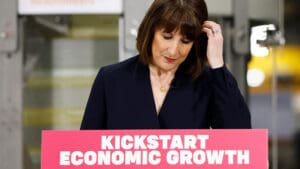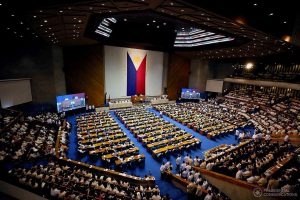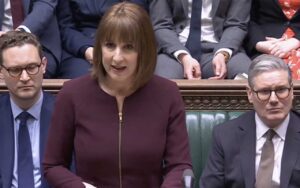INCREASING insurance protection can boost Philippine gross domestic product (GDP) by at least 2.9% by 2050 as it can improve human capital, working conditions, and climate resilience, a study by Prudential plc showed.
The study titled “Beyond Coverage – The Social and Economic Impact of Insurance in ASEAN” done by Prudential in partnership with PwC showed that higher life and nonlife insurance uptake can increase both GDP and GDP per capita and has a positive impact on sustainable development.
“Insurance is a powerful catalyst for sustainable growth across ASEAN (Association of Southeast Asian Nations), underpinning the region’s journey toward resilience and prosperity. By delivering essential risk protection and fostering financial stability, insurers lay the groundwork for communities to flourish,” Prudential Group Chief Investment Officer Neil Moge said.
“Moreover, the industry’s ability to direct long-term capital into critical sectors, such as infrastructure and green energy, fuels economic advancement and social well-being. The continued expansion of insurance throughout ASEAN opens new horizons of opportunity, empowers inclusive development, and enables the entire region to thrive.”
Based on the study, increasing nonlife insurance premiums, including health insurance, by 50% by 2050 can boost Philippine GDP by 2.9% to $1.959 trillion from the $1.904 trillion baseline estimate for that year and GDP per capita to $12,407 from the $12,058 baseline.
A 100% and 200% growth in nonlife insurance protection can yield boosts of 5.9% and 12%, respectively.
Meanwhile, a 50% growth in life insurance coverage by 2050 can give both GDP and GDP per capita a 5.1% boost that year, while premium increases of 100% and 200% will result in bumps of 10.3% and 21.4%, respectively.
These are largely in line with the projected increases for the other ASEAN countries included in the study, which are Indonesia, Malaysia, Singapore, Thailand, and Vietnam. According to Prudential, these countries and the Philippines represent 99% of premiums in the ASEAN insurance market, although penetration rates vary across these economies.
Prudential said the study highlights that insurance is more than just a financial safety net as it can help advance social development by promoting access to healthcare protection, improving workforce productivity, and addressing adverse climate change effects.
Insurance is also closely related to labor force participation, capital deepening, and human capital, which are among the five key factors that determine economic output under the World Bank’s Long-Term Growth Model, it said.
“In ASEAN’s dynamic economies, insurance is a strategic tool that can benefit individuals, businesses and governments. For businesses, the right insurance coverage stabilizes operations and the workforce. Companies with insurance can better manage risks and withstand market shocks, avoiding losses that would otherwise disrupt supply chains and jobs. At the community and government level, broader insurance coverage means fewer people falling into poverty after a setback and less strain on public funds,” Prudential said.
“By reducing the financial risks that disproportionately affect low-income and vulnerable groups, insurance helps narrow inequalities and build more resilient communities. There is clear evidence that expanding insurance yields tangible economic benefits… In practical terms, when more people are protected, more people can work and invest in their skills; when businesses and individuals feel secure, they are more likely to invest in assets or education for the future.”
Countries can tap the economic growth benefits of insurance by implementing various initiatives and reforms like fiscal incentives, strengthening the sector through public-private partnerships, and improving the insurance ecosystem to make coverage more affordable and accessible, Prudential said.
“ASEAN’s evolving risks and demographics necessitate fresh resilience strategies that link risk, investment, growth and protection. The insurance industry has the potential to drive significant change by creating innovative and inclusive insurance models and products, particularly for vulnerable and low-income communities with limited resources. Insurance can provide these communities with the necessary tools to recover from crises while enhancing their financial health and resilience over time.”
The Philippine insurance industry recorded higher premiums as of June, pushing up the country’s insurance penetration rate.
Total premiums paid for life and nonlife insurance products grew by 12.98% to P242.842 billion at end-June from P214.941 billion in the same period last year, data from the Insurance Commission showed.
As a result, insurance penetration, or the ratio of insurance premiums to the gross domestic product, rose to 1.79% from 1.71% a year prior.
Insurance density, or the average spending of each individual on insurance, also increased by 12.07% to P2,137.32. — BVR


















